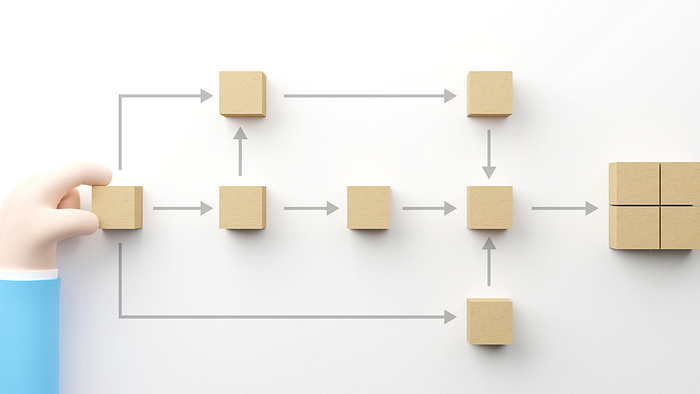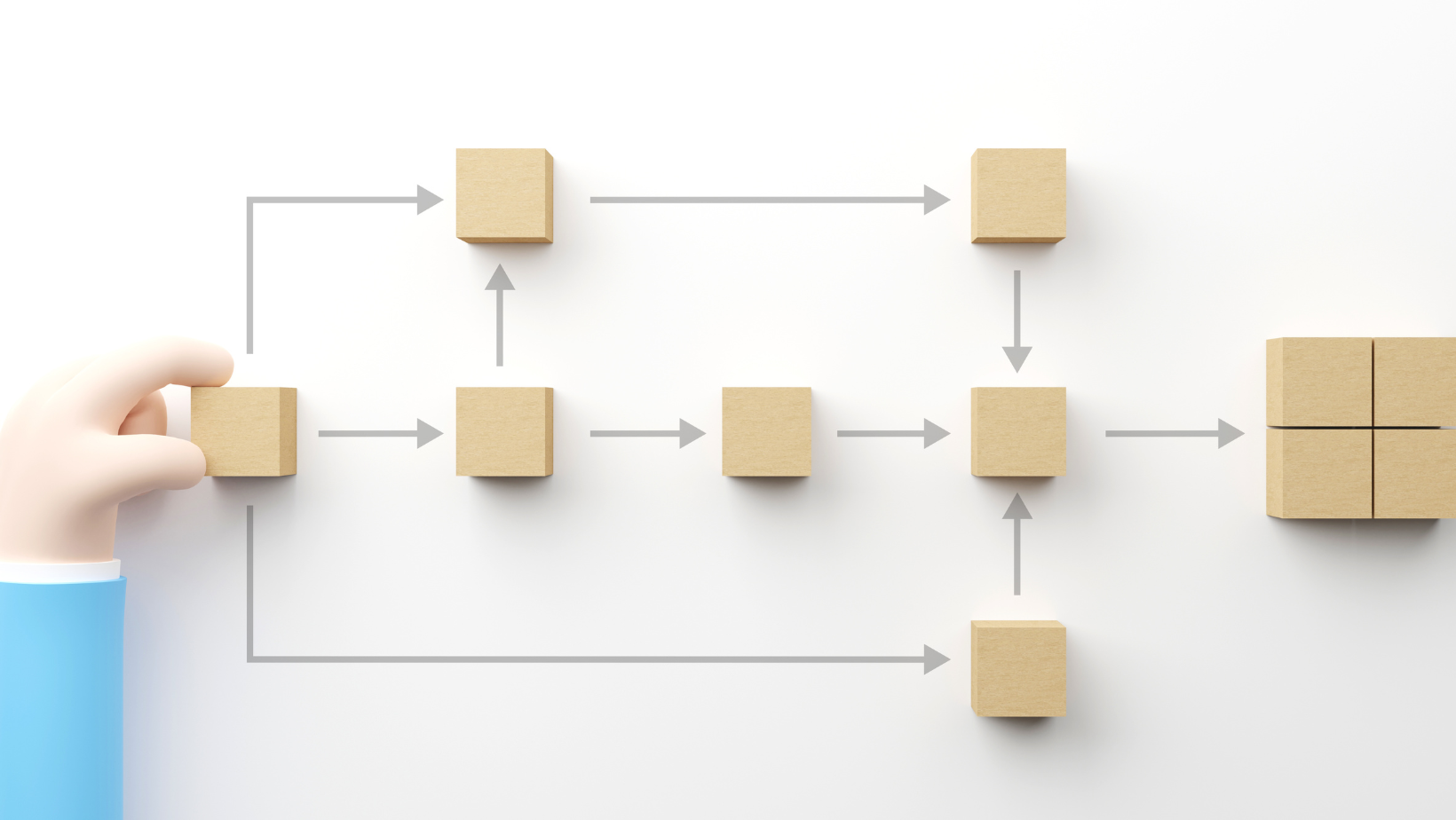
Introduction
Resources, whether computing or otherwise, are limited and must be used wisely to maximize utility. Additionally, businesses require software engineers to create software products that can scale as the number of users and operations increases. Engineers use data structures and algorithms (DSA) concepts to properly manage resources and achieve scale.
What are Data Structures?
A data structure is a location in computer memory where data can be stored and organized. It also refers to the manner (structure) in which data is stored and organized so that it can be retrieved and processed efficiently.
What are Algorithms?
Algorithms are the step-by-step procedures for solving problems. An algorithm is not always the code itself, but rather the path to take in order to solve the problem. For ease of understanding and representation in various programming languages, algorithms are usually represented with pseudocodes or flowcharts.
An algorithm’s efficiency is determined by how fast it runs and how much space it takes up. Furthermore, the speed and memory consumption are measured using Space and Time Complexity.
What is Space Complexity?
The amount of memory used by an algorithm when it is executed is referred to as its space complexity. It is proportional to the number of inputs/variables used in the function, which means that the more inputs an algorithm has, the more space it requires. The sum of the auxiliary space and the space used by these individual inputs equals the used memory. Auxiliary space is the extra space used to run the code during execution.
What is Time Complexity?
The time complexity of an algorithm is the amount of time it takes to execute as the number of inputs increases. It is commonly calculated using the Big O Notation, which measures an algorithm’s worst-case running time. Other metrics for calculating time complexity include:
- Big Omega: Determines the best case for an algorithm’s running time.
- Big Theta: Calculates the best and worst case analysis of an algorithm.
Consider the various types of Big O time complexities below as Big O notation is commonly used to describe algorithms in software engineering.
Examples of Big O Time Complexities
- Constant Time Complexity — O(1): This refers to algorithms whose time does not increase with the number of inputs. The algorithm’s time consumption is constant.
- Linear Time Complexity — O(n): It refers to algorithms where the time increases linearly with the number of inputs. As an example, suppose a function takes 1ms to execute for a single input. It will take 5ms to process 5 inputs.
- Quadratic Time Complexity — O(n2): This refers to algorithms whose execution time is squared as the number of inputs increases. A nested for loop is a good example of this. If one input takes 2ms to execute, four inputs will take 16ms (4²) to execute.
- Logarithmic Time complexity — O(log n): As the number of inputs increases, the time complexity of the algorithms decreases. The reason for this is that as the number of inputs increases exponentially, the time increases linearly. If it takes 3ms to execute 8 inputs, it will take 6ms to execute 64 inputs. As a result, it is one of the most efficient time complexities.
- Log Linear Time Complexity — O (n log n): Similar to logarithmic time complexity, but grows linearly as the number of inputs increases due to the multiplication of n and log n.
- Exponential Time Complexity — O (2^n): The time for algorithms with exponential time complexity doubles as the number of inputs increases. These algorithms do not scale well.
The Big O time complexities are listed below in order of best to worst:
- Constant Time Complexity — O (1)
- Logarithimic Time Complexity — O (log n)
- Linear Time Complexity — O (n)
- Log Linear Time Complexity — O (n log n)
- Quadratic Time Complexity — O (n²)
- Exponential Time Complexity — O (2^n)
Conclusion
Scale should be prioritized by developers and organizations when developing software applications to avoid unfavorable production outcomes. They can accomplish this by ensuring that each line of code is as perfectly optimized as possible with the highest order around the linear time complexity — O (n).
This article provided a conceptual understanding of data structures and algorithms, as well as the meaning of space and time complexity. It also offered an explanation of the Big O notation’s time complexities.
For further reading, check out:

